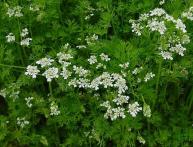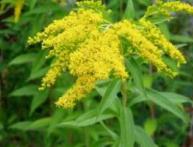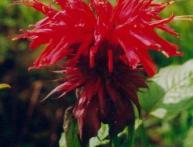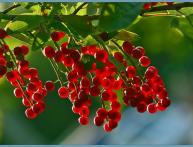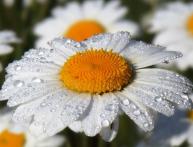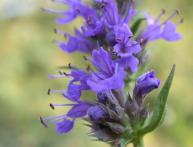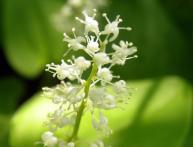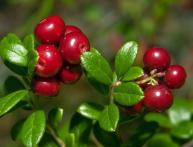Family Lamiaceae. Medicinal initial letter
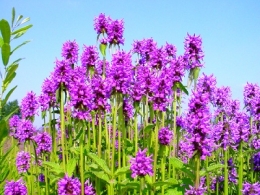
Sometimes, driving or passing by fields in the summer, almost throughout the entire territory of our country, we pay attention to the beautiful bright lilac thickets. Yes, there are many plants with this color. But one of them is Medicinal initial letter. It blooms all summer - from June to August. This plant reaches a height of 1 meter and loves to grow in bushes, clearings, and meadows, sometimes forming entire thickets. In the initial case, the flowers are collected in cone-shaped spikelets; after flowering, in August-September, fruits - nuts - are formed, and four of them ripen from each flower. This plant has a very unusual, rather strong, bitter smell.
The medicinal letter, as the name itself suggests, has long been actively used in folk medicine. After all, its above-ground parts are saturated with essential oils, tannins, resins, flavonoids, vitamins C and K, stachydrine, choline, calcium salts.
In some countries, for example, in Germany, this plant is officially recognized as medicinal, unlike Russia. But thanks to our great-grandmothers, we know about the healing properties of this flower stalk.
Infusions of the letter are used for diseases of the digestive system such as gastritis with low acidity, digestive disorders, periodic constipation, etc. This plant also helps well with diseases of the bronchopulmonary system. This includes bronchitis, bronchiectasis and even tuberculosis.The infusion of the letter has an expectorant ability, improving the secretory function of the bronchi, and has an anti-inflammatory effect. The presence of vitamin K in its composition makes it possible to actively use Bukvitsa for bleeding.
A storehouse of useful properties is the medicinal letter. It also helps with diseases of the urinary tract, with sinusitis, rheumatoid arthritis, to speed up the healing of wounds and ulcers, and with kidney diseases.

